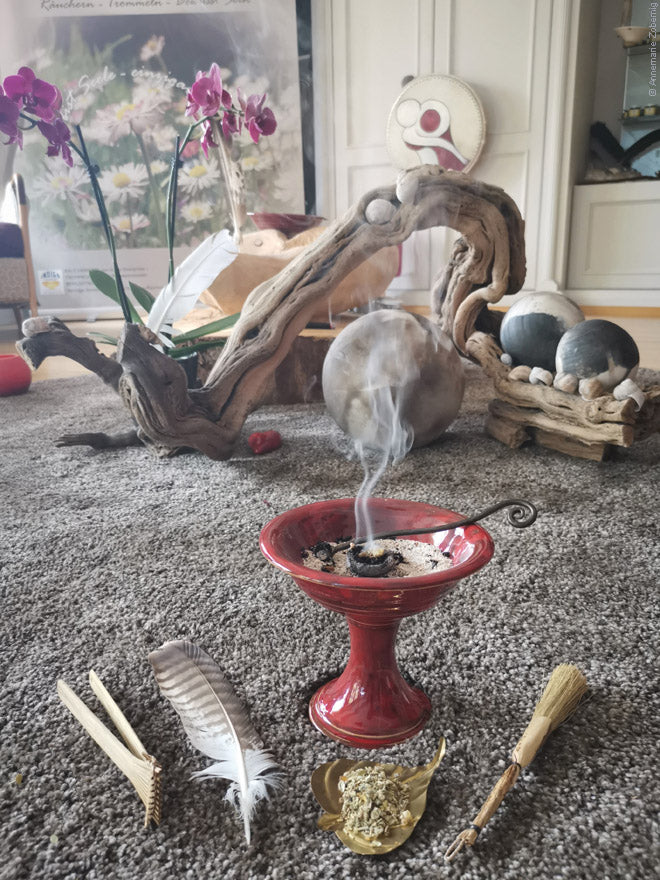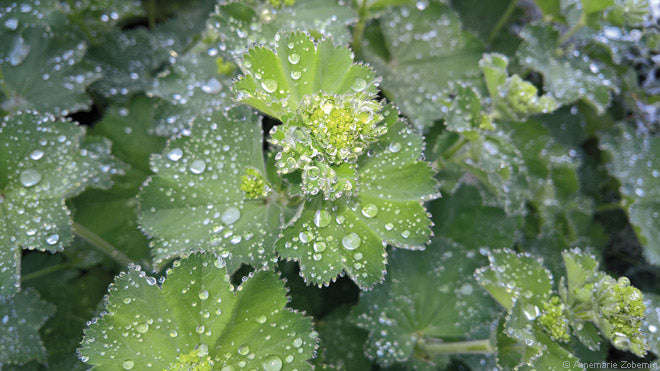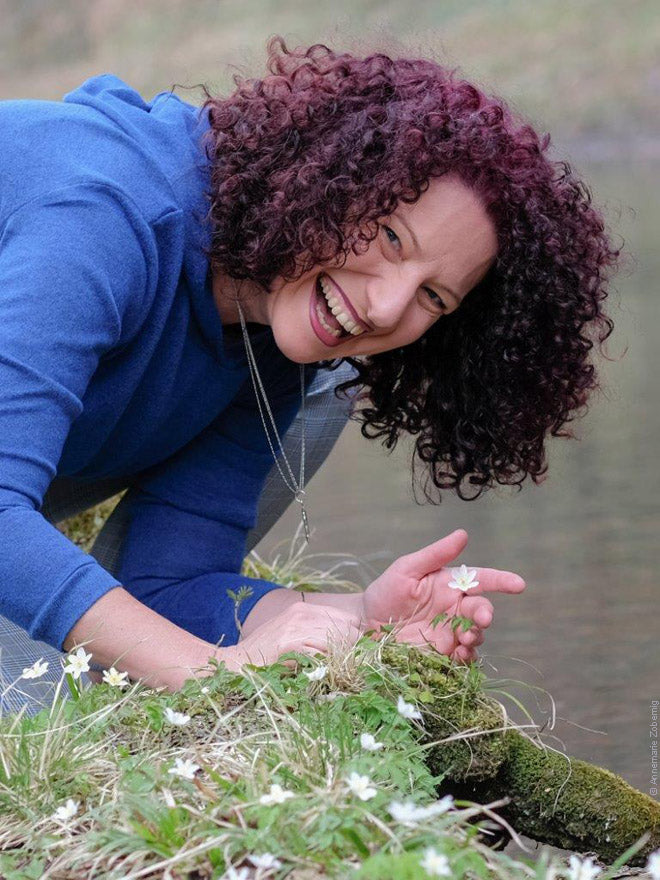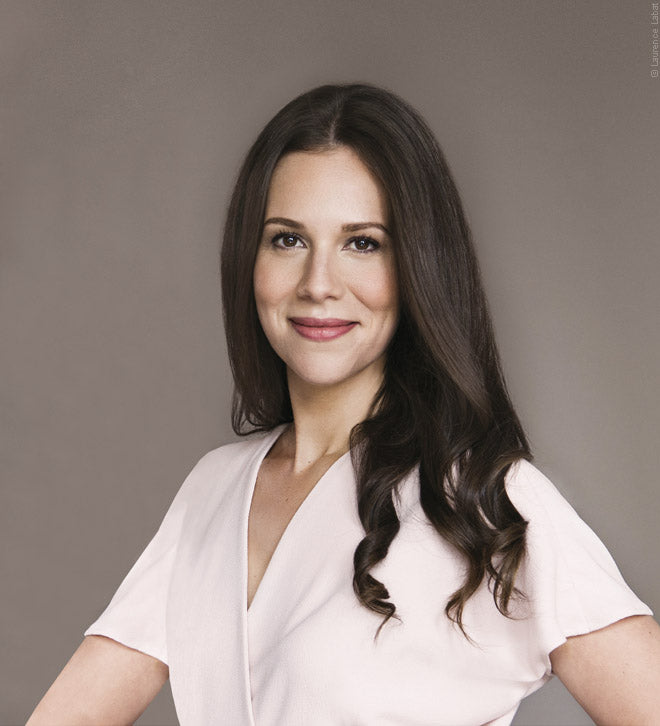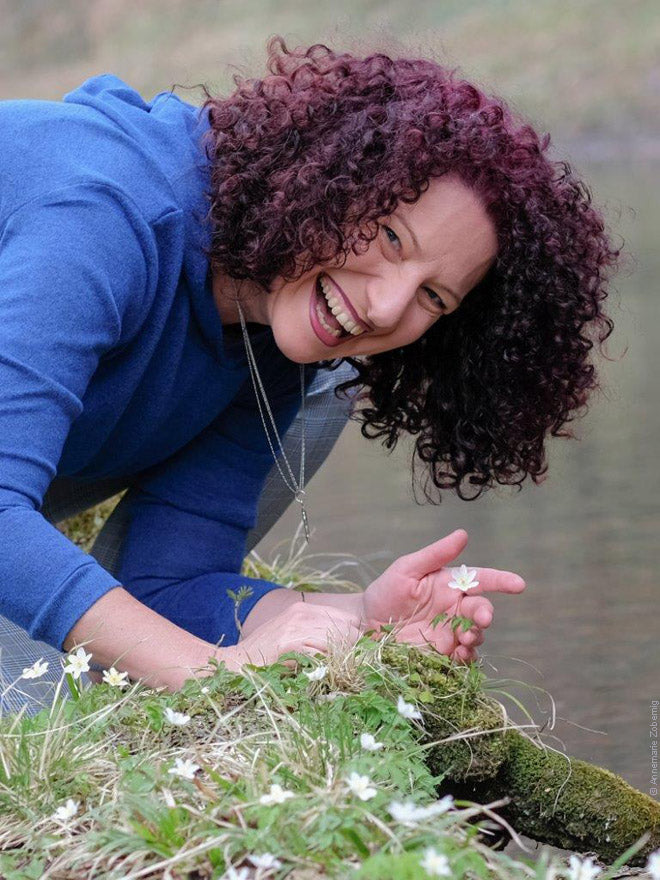
"Smoking carries you on the wings of scents": Interview with Annemarie Zobernig
"Smoking carries you on the wings of scents": Interview with Annemarie Zobernig
"Through our sense of smell, we not only perceive the active ingredients and scents of a plant, but also its characteristics and nature information. Plants 'talk' to us when we smoke: through physical perceptions, through feelings that spread within us - joy, serenity, freedom - , through inner images and inspiration." Smoking expert Annemarie Zobernig , owner of " Dusty Sound " and author of the compact guide "Smoking for the Soul" , sees the rediscovery of old smoking traditions as a contemporary and wonderful opportunity to gain new strength, harmonize energies and open the mind to new ideas.
So far, you have passed on your experiences in the traditional smoking manner: verbally and “following your nose” at your scent-sound seminars. What motivated you to present smoking and its many benefits in book form?
Annemarie Zobernig: Today, information is almost exclusively passed on digitally - a flood of images, words and impressions. Reading an "analog" book is - like smoking itself - a pause in the speed of everyday life and can thus be a bridge to taking time for yourself - and time for smoking. Reading the book "Smoking for the Soul" can be a first introduction to the topic of smoking for newcomers and a practical reference work for experienced smokers. The book is like an "entrance ticket to the fragrant world of plants".
Smoking has been part of human history since the beginning and is found all over the world. What is left of it today?
Annemarie Zobernig: It is assumed that smoking is as old as the use of fire by humans. Very few peoples kept records of their festivals and rituals, but passed them on orally and in everyday life. This is why the smoking tradition has changed over the millennia with humans: from a direct connection and dependence on the whims of nature, to the invocation of spirits and gods, in practiced religious belief and superstition, as an ancient natural healing method, until it almost completely disappeared from the scene in modern times. The "smoking out" in the farmhouses of the Alpine country, the use of incense sticks as offerings in Far Eastern temples, the classic incense in the church are the last remnants of this great tradition. But slowly people are turning their attention back to the herbs and scents of nature! One of my big goals when I started smoking in the late 1990s was to ensure that the valuable art of smoking finds its place in our everyday lives again.
When you decided to smoke professionally over 20 years ago, there were hardly any written records and even less scientific research to guide you. What sources and influences did you use to gain experience?
Annemarie Zobernig: My sources for smoking are the few records of the Egyptians, the Roman historian Plutarch, the writings of the herbalists Paracelsus, Hildegard von Bingen and writings on magic (elementology) by Johann Wolfgang von Goethe, Abraham von Worms and Franz Bardon. All of these writings can be read "selectively" - that is, you have to put yourself in the shoes of the people of that time and transport it to today's level. The most important sources were the smoking rituals practiced by different cultures - and above all, personal experiences in smoking plants. It is unfortunate when the value of written records or a source reference is placed above personal experience or holistic perception with all the senses (including intuition).
In the long tradition of smoking, very different methods and rituals of smoking have developed. What smoking techniques and plants are there, and what do they have in common?
Annemarie Zobernig: The "smoking technique" depends on the desired purpose: If I want a gentle room fragrance, the incense burner with a tea light is a good choice, as it releases the scents of the plants slowly and discreetly. If I want to recreate the ritual of a particular culture, I use the appropriate technique (e.g. smudge sticks made of sage in Indian shamanic rituals). For an "offering" or a quick, pleasant scent in between, an incense stick will do (please only use natural materials). The most comprehensive effect is achieved by smoking on the incense charcoal. It is important to ensure that you use it correctly, as described in the book, so that both the scent and the effect can be used optimally. Each region has its own incense plants. The most suitable plants are those that develop a lot of essential oils (i.e. that smell good!). Whether leaves, needles, bark, roots, flowers, seeds or resins - the plant parts should be chopped up and dried for smoking. Experimenting with plants "following your nose" is probably the most exciting part of smoking.
Smoking is one of the most comprehensive ways in which humans and plants can meet. What requirements must be met for this to happen, and what should generally be taken into account when smoking?
Annemarie Zobernig: Through our sense of smell, we not only perceive the active ingredients and scents of a plant, but also its characteristics and essential information - that is, the way in which the plant has learned to survive and spread. An important prerequisite for this is an open perception, which means not only relying on your mind or information from books, but also on intuition, heart and gut feelings. When smoking, plants do not "talk" to us in words, but through physical sensations (cool shiver, relaxation, rising warmth, etc.), through feelings that spread within us: joy, serenity, freedom ... and through inner images and inspiration. Important prerequisites for this are a little time and an open, curious attitude. In the first few moments we notice the scent: sweet, tart or fresh, immediately afterwards our limbic system conjures up a matching image from our memory (which we only perceive when we look within ourselves - not when we are gossiping or watching TV while burning incense) and within a few minutes our body reacts to the hormone release in the body triggered by the scents - in other words, it takes a while for the incense to get "under our skin". So make sure you take the time to perceive all levels of the effect of the incense - often it is not because incense does not work, but because we do not take enough time, are distracted or our senses are numbed and dulled by the challenges of everyday life. Burning incense makes us sensitive, empathetic, imaginative and promotes holistic perception.
When used correctly, smoking can contribute to more clarity and lightness, harmony and relaxation, motivation and joy in life. How can smoking be integrated into modern everyday life?
Annemarie Zobernig: Smoking should serve people, not people serve smoking. Use it when you need it. At parties and celebrations of life (birthdays, weddings, baptisms...) or simply to chill out or as a treat after a hard day at work. Smoking is particularly important when we don't have enough energy or have to deal with challenging life situations. Then smoking can be like a "walk in nature" that I bring into my living room. Smoking doesn't "magic" problems away, but it can give us supportive strength to overcome them, and it opens our minds to new ideas and inspiration that we wouldn't have thought of on our own. Smoking is a valuable tool, especially when moving house, building new homes or renovating, to make an apartment, house or company "your living space" and to "arrive".
Many people hope that by burning incense, all their problems will solve themselves, that money worries will disappear, physical and emotional pain will vanish and conflicts will simply dissolve. What does burning incense mean to you personally, and what is the best and most useful way to use it?
Annemarie Zobernig: For me, smoking is a job, a calling, a passion and an important companion in life. It suits my nature – just as a musical instrument suits the musician. It is so versatile, it always brings me into contact with nature and with my inner nature. There is no “right or wrong” when smoking, just the opportunity to have new experiences. Sometimes it stinks to high heaven – then you have to change something – and sometimes it smells heavenly – then everything is OK! Smoking has changed my life for the better. It has made me a more conscious, happier, more creative person. Regardless of whether smoking finds a place in your life “at all holy times”, as part of tradition, to accompany difficult life situations or as an everyday pleasure: it brings you closer to yourself and carries you on the wings of the scents.
Book tip:
Smoking for the soul. Cleansing, harmonizing and strengthening energies. Contemporary smoking for people, animals and the home. Compact guide . Mankau Verlag 2019, paperback, full color, 11.5 x 16.5 cm, 159 pages, € 9.99 (D) / € 10.30 (A), ISBN 978-3-86374-535-6
Link recommendations:
More about the compact guide "Smoking for the soul"
To the reading sample in PDF format
More about the author Annemarie Zobernig
To the Internet forum with Annemarie Zobernig

